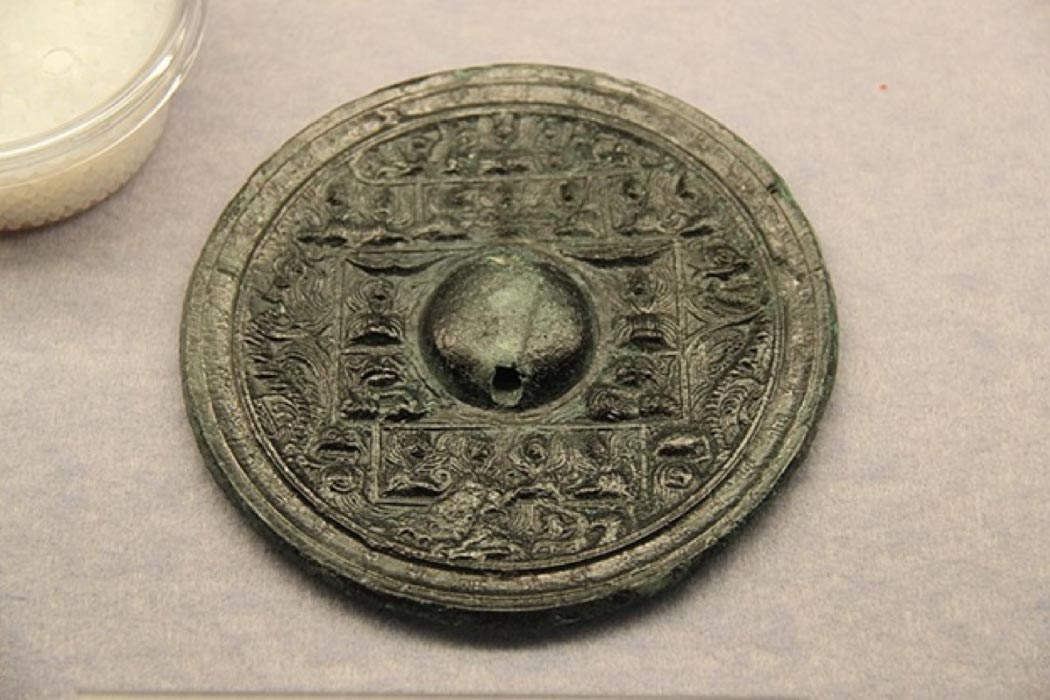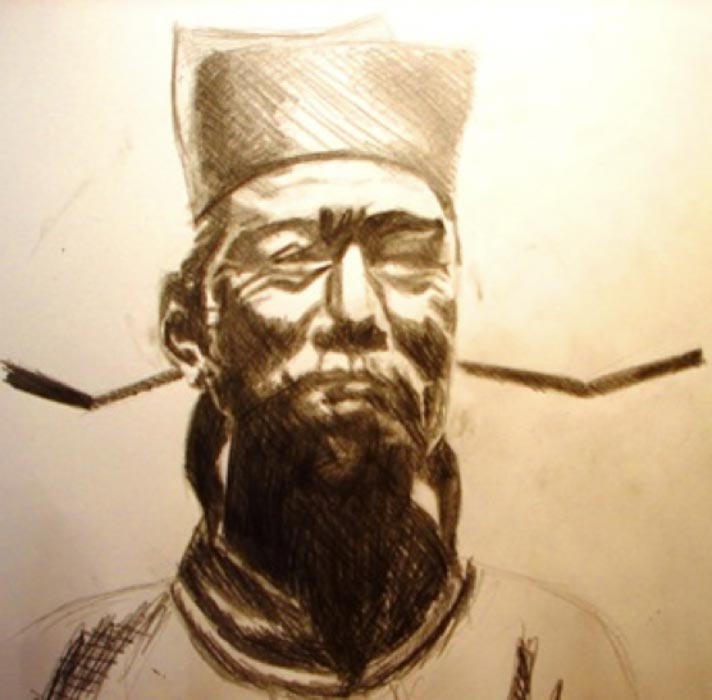
Unraveling the Miracle of Chinese Magic Mirrors
An ancient oriental miracle, far removed from the religious sphere, and from the western concept of ‘miracle,’ manifested around first century AD China to those who 'had faith', where explanations were not immediately ascribable to the scientific knowledge of the time. However, “Try and try again” the motto of the Academia del Cimento, founded in Florence in 1675 by Evangelista Torricelli and Vincenzo Viviani, students of Galileo Galilei, prevailed over centuries to finally unravel the mystery of the Chinese magic mirrors.
Shen Kuo’s Explanation
"... there are certain light-penetrating mirrors that have about 20 engraved characters, in an ancient style, that cannot be interpreted. If a mirror of the genus is exposed to sunlight - although the characters are all on the back - they are reflected on the wall, where one can read them extremely clearly..." is how Shen Kuo (1031-1095 AD), an official and scientist at the court of the Chinese Emperor Shengzon of the Song Dynasty, described the mirrors just under a thousand years ago in his work entitled, Brush Talks from Dream Brook published in 1088.

Shen Kuo (1031-1095 A.D.) Chinese scientist, author of writings on Chinese "magic" mirrors (CC BY-SA 3.0)
“In my family I have three of these engraved light-penetrating mirrors and I have seen similar and somewhat ancient treasures in other families, but I don't understand why other mirrors, though extremely thin, don't let the light through. The ancients must have had some special art..."
In fact, the perplexed Shen Kuo put forward a subdued explanation, suggesting that during the fusion of these mirrors, the inner part of the metal cooled faster than the surface and this would have caused the formation of imperceptible deformations of the profile, not observable to the naked eye. He also noted that too thin mirrors did not perform the 'miracle'. A similar observation was made, at the end of the 13th century, by Dzhou Mi.

An example of one of the 'miraculous' products of ancient Chinese craftsmanship. The bronze mirror is illuminated from the left. On the wall in front of it, the image that has been imprinted on the back of the mirror, appears. (You Tube)
Globalization of the Magic Mirrors
One of the first archaeological finds relating to these artifacts were found in tombs in the province of Uhan, in southern China, which were dated to the sixth century BC, but to get to the heart of the 'miracle' one must instead take a leap forward in time and arrive in ancient China, at the time of the Han Dynasty (circa 206 AD), when it was very fashionable to create these 'magic' mirrors. The custom then spread to Japan, especially in Kyoto, where it was called Makyoh, (literally 'magic mirror'), where the figure of the Buddha was reflected. In the following centuries it also featured in the Christian field, due to the work of evangelization of missionaries from the middle of the 16th century. But the praiseworthy initiative was not popular and very few of these 'miraculous' mirrors remain, because they were destroyed by religious authorities.
- The magic mirror of shaman Queen used in ancient Japanese rituals
- Rare 1,900-Year-Old Chinese Mirror Has Mysterious Inscription, Which is Coming True
- What Wondrous Sights Have Been Seen in the Brilliant Hall of Mirrors at Lavish Golestan Palace?
Moreover, it seems that even in ancient Rome, Aulo Gallio (130-180 AD) author of the 'Attic Nights' - hints at mirrors with similar strange characteristics, while in a book by the English author Needham entitled Science and Civilization in China, published in Cambridge in 1963, there is a trace of a Chinese 'magic' mirror owned by an official of the fifth century AD, called Wang Tu.




